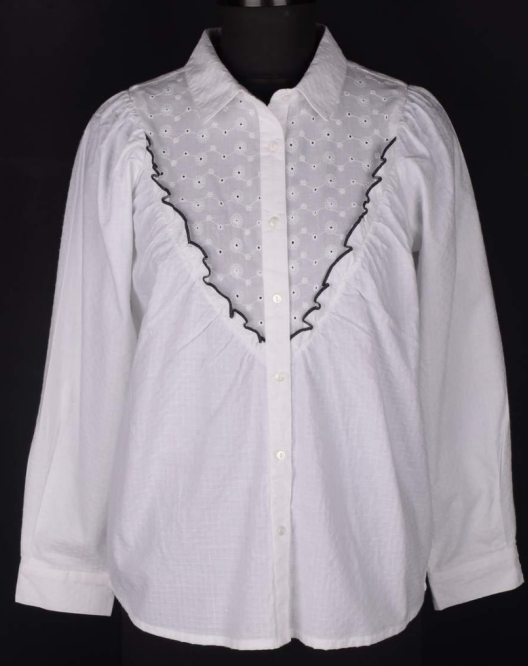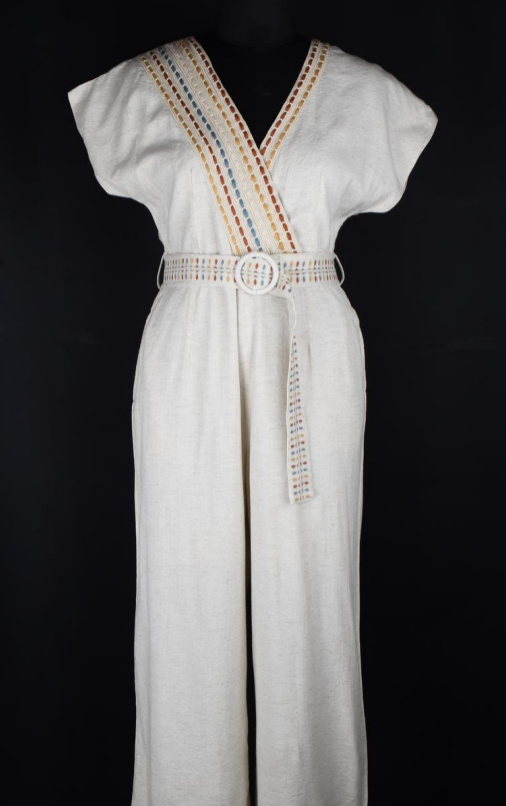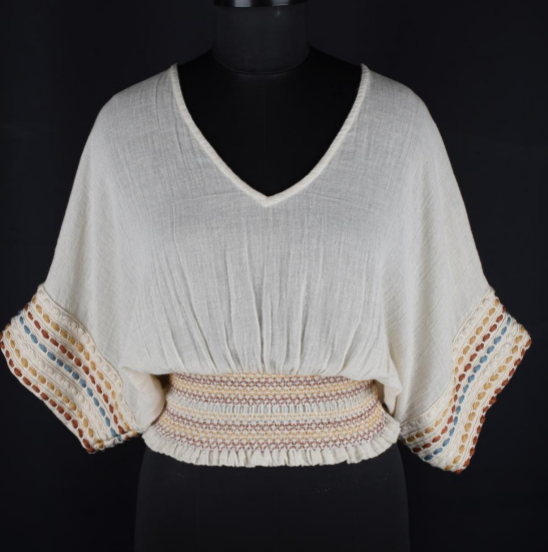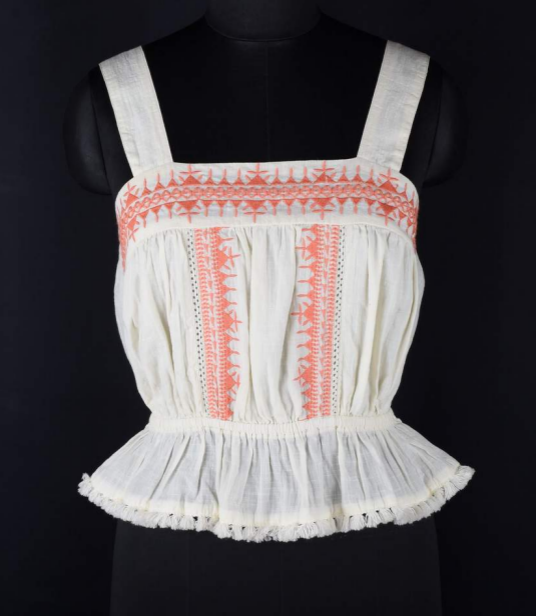Digital Textile Printing Inks- The Next Gen Way
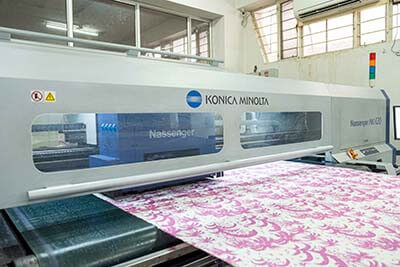
The textile industry always looks for effective ways to improve the quality of their design, fabrics, and the overall printing process. Here, you cannot ignore one of the most important elements of design quality which is “Ink” being used for printing. For many years, there has been a significantly high demand for high-quality inks that are not only easy to print but also less damaging to the environment.
With the advancement of Ink-Jet Technology or we can say Digital Textile Printing Fabric Inks, the textile industry has witnessed a big leap in the digital printing sector. It is one of the most promising developments in the textile sector that opened the door to enhancing the quality of textile printing and maintaining the growing demands of eco-balance.
But first, we should know what exactly is Digital Textile Printing?
Digital Textile Printing Ink Technology
In simple words, the process of reproducing digital images on a physical surface can be defined as digital printing. The surface can be in many forms including paper, cloth, plastic, film, etc. It is a specialized form of roll-to-roll wide-format inkjet printing where once the design is complete, you can directly print it on the fabric from the computer. The entire process is quite simple where a dye-sublimation printer is used to print the design on the fabric digitally and heat to transfer the design onto the surface. It is an effective process of printing textiles and garments by using inkjet technology.
The core of any digital textile printing is the Ink that plays a very important role throughout the astonishing and desired implications of selected fabric design. There are several types of eco-friendly inks that come with several top-notch characteristics. Based on their quality and favorable amount of contribution towards a safe and healthy environment, many textile manufacturing and fashion clothing companies are using them to give the best wearing & shopping experience to clients all over the world.
The job of the ink is to effectively deliver the pigment to the media and to bind to its surface. So, you need to be very careful before determining the specific type of digital textile printing ink as one wrong choice and the results will be disappointing.
-
Reactive - Invented in 1956, reactive inks are the perfect choice for printing cotton, linen, silk, and plant-derived fabrics such as jute, etc. They are the most common types of inks used in the textile industry due to high-quality colors, high wash fastness, and bright shades, etc.
-
Acid - Known for its vibrant color, this ink is designed for printing nylon, silk, wool, and even leather. They are widely used throughout the textile printing industry for decorating synthetic fibers.
-
Disperse - They are most commonly used inks where it is directly sprayed on the textile after being steamed and washed. These inks dye the fabric and are becoming an important part of the textile.
-
Pigmented -These inks produce strong color along with fine application fastness over a wide range of fashion areas. Due to the binder and a binding agent that fixes the color to the fibers on heating and print fabrics without losing their characteristics.
More and more textile manufacturing and fashion industries are adopting different types of digital textile printing inks and ensuring the best-designed fabrics, garments, and accessories to clients. Digital printing technology has become an essential part of textile and apparel-manufacturing companies due to major textile applications ranging from apparel fabrics, garments, and other points of the display.
Related Blog
How To Go About Importing Clothes From India To Canada? Find Out Here
Importing clothes into Canada is a well-defined process that involves several steps. The first thing you need to understand is...
Surplus Vs. New Production: How India’s Readymade Garments Manufacturers Can Serve UK Retail Demand
Surplus stock can be a matter of significant concern for Indian garment manufacturers. However, thanks to the growth in the...
Difference Between Indian And American Sizing Guides
People come in different shapes and sizes across the world. If you compare the height and build of people...

